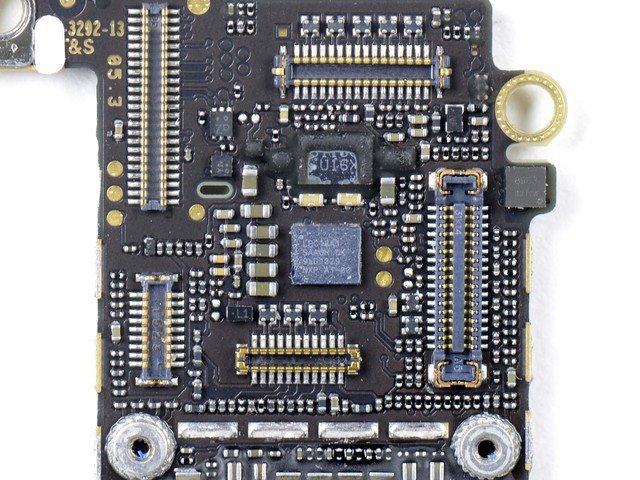What Hides Inside An Apple iPhone 5S
Apple are known for their lack of interest in the disclosure of specifications and components of its phones and tablets, the curious had to wait for the screwdrivers from iFixit and Chipworks further analysis in order to find out what is hidden inside. As the company acquired the new iPhone 5S, we can now learn more about the flagship of Apple at this time.
Housing has gone through some changes, the new iPhone 5S is a little harder to undo than the previous iPhone 5 and received a lower mark of 6/10 from 7/10. Since the least interesting aspects, iPhone 5S uses the same wireless module as iPhone 5 (Broadcom BCM 4334), thus explaining the absence of the 802.11ac standard, and the same 2G/3G/4G MDM9615M model from Qualcomm. But this time Apple chose a different floor for amplification and modulation, thus explaining the broad support for LTE bands, including the 800, 1800 and 2600 MHz that are “standard” frequencies.
iPhone audio chip was always observed, but it seems that we have to do with a DAC Cirrus Logic from Class D, expected with a good behavior as the previous generation. While iFixit and Chipwork could not clearly identify the new camera sensor markings on it indicating that it is also produced by Sony, as was the case of 5 and 4S models. Both the increased capacity of the battery, which increased from 1440 mAh to 1560 mAh and 1 GB of RAM is already known and iFixit did nothing to confirm that.
Update : Mysterious M7 co-processor used for continuous monitoring of the gyroscope, magnetometer and accelerometer is a chip manufactured by NXP, formerly Philips division, model is NXP LPC18A1. It is interesting that Apple chose a dedicated solution instead of A7 CPU usage, but probably NXP solution offered a much lower energy consumption.
Where no iFixit and Chipworks could help Apple solutions that describe the interior of the new A7, Anandtech gives us some details. The first 64-bit processor appeared on a mobile handset, Apple uses the ARMv8 A7 and A6 architecture as the previous model, uses an internally processor developed by Apple and not a licensed one directly from ARM.
Called the Cyclone, the new processor is also a dual-core product clocked at the same frequency of 1.3 GHz, which is an improved version and expanded with the ARMv8 support of previous Swift processor. As noted in graphs review site Anandtech, Apple promised that the performance jump was not just a word in the wind, this solution is beyond quad-core Qualcomm Snapdragon 800 in some tests and being in the same league with the new Bay Trail Intel.
The second novelty of the new Apple platform is the graphics core, iPhone 5S is the first commercial product that uses the sixth-generation Power VR graphics processors. The solution chosen by Apple is PowerVR G6430, this member of Rogue generation providing programmable architecture as AMD or NVIDIA dedicated solutions, four processing units by 16 units of parallel computing, which makes it the fastest graphics processor available today on a cell phone.









 Apple iPhone 5S
Apple iPhone 5S 